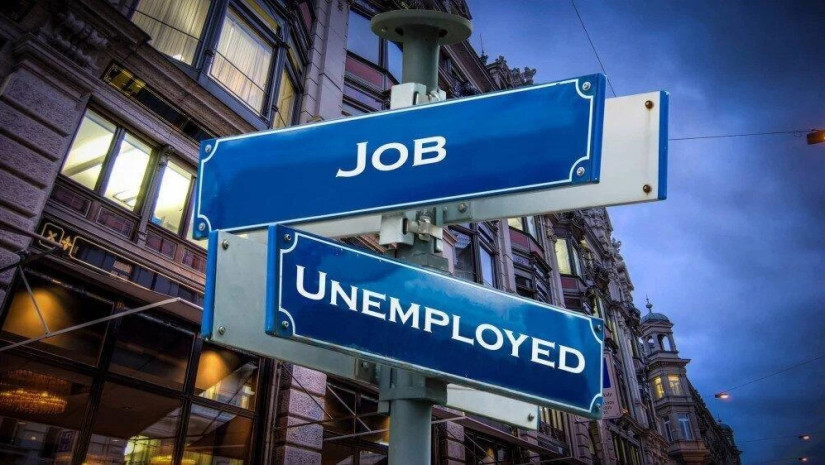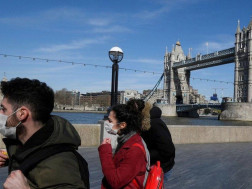The labor market crisis created by the COVID-19 pandemic is far from over, and employment growth will be insufficient to make up for the losses suffered until at least 2023, according to a new assessment by the International Labor Organization (ILO).
The ILO’s World Employment and Social Outlook: Trends 2021 (WESO Trends) projects the global crisis-induced ‘jobs gap’ will reach 75 million in 2021, before falling to 23 million in 2022. The related gap in working-hours, which includes the jobs gap and those on reduced hours, amounts to the equivalent of 100 million full-time jobs in 2021 and 26 million full-time jobs in 2022. This shortfall in employment and working hours comes on top of persistently high pre-crisis levels of unemployment, labor underutilization and poor working conditions.
In consequence, global unemployment is expected to stand at 205 million people in 2022, greatly surpassing the level of 187 million in 2019. This corresponds to an unemployment rate of 5.7 per cent. Excluding the COVID-19 crisis period, such a rate was last seen in 2013.
The worst affected regions in the first half of 2021 have been Latin America and the Caribbean, and Europe and Central Asia. In both, estimated working-hour losses exceeded eight per cent in the first quarter and six per cent in the second quarter, compared to global working-hour losses of 4.8 and 4.4 per cent in the first and second quarter, respectively.
Global employment recovery is projected to accelerate in the second half of 2021, provided that there is no worsening in the overall pandemic situation. However this will be uneven, due to unequal vaccine access and the limited capacity of most developing and emerging economies to support strong fiscal stimulus measures. Furthermore, the quality of newly created jobs is likely to deteriorate in those countries.
The fall in employment and hours worked has translated into a sharp drop in labor income and a corresponding rise in poverty. Compared to 2019, an additional 108 million workers worldwide are now categorized as poor or extremely poor (meaning they and their families live on the equivalent of less than US$3.20 per person per day). “Five years of progress towards the eradication of working poverty have been undone,” the report says, adding that this renders the achievement of the UN Sustainable Development Goal of eradicating poverty by 2030 even more elusive.
The COVID-19 crisis has also made pre-existing inequalities worse by hitting vulnerable workers harder, the report finds. The widespread lack of social protection – for example among the world’s two billion informal sector workers – means that pandemic-related work disruptions have had catastrophic consequences for family incomes and livelihoods.
The crisis has also hit women disproportionately. Their employment declined by 5 per cent in 2020 compared to 3.9 per cent for men. A greater proportion of women also fell out of the labor market, becoming inactive. Additional domestic responsibilities resulting from crisis lockdowns have also created the risk of a “re-traditionalization” of gender roles.
Globally, youth employment fell 8.7 per cent in 2020, compared with 3.7 per cent for adults, with the most pronounced fall seen in middle-income countries. The consequences of this delay and disruption to the early labor market experience of young people could last for years.
“Recovery from COVID-19 is not just a health issue. The serious damage to economies and societies needs to be overcome too. Without a deliberate effort to accelerate the creation of decent jobs, and support the most vulnerable members of society and the recovery of the hardest-hit economic sectors, the lingering effects of the pandemic could be with us for years in the form of lost human and economic potential and higher poverty and inequality,” said ILO Director-General, Guy Ryder. “We need a comprehensive and co-ordinated strategy, based on human-centered policies, and backed by action and funding. There can be no real recovery without a recovery of decent jobs.”
As well as looking at working hour and direct employment losses, and foregone job growth, the WESO outlines a recovery strategy structured around four principles: promoting broad-based economic growth and the creation of productive employment; supporting household incomes and labor market transitions; strengthening the institutional foundations needed for inclusive, sustainable and resilient economic growth and development; and using social dialogue to develop human-centered recovery strategies.
















